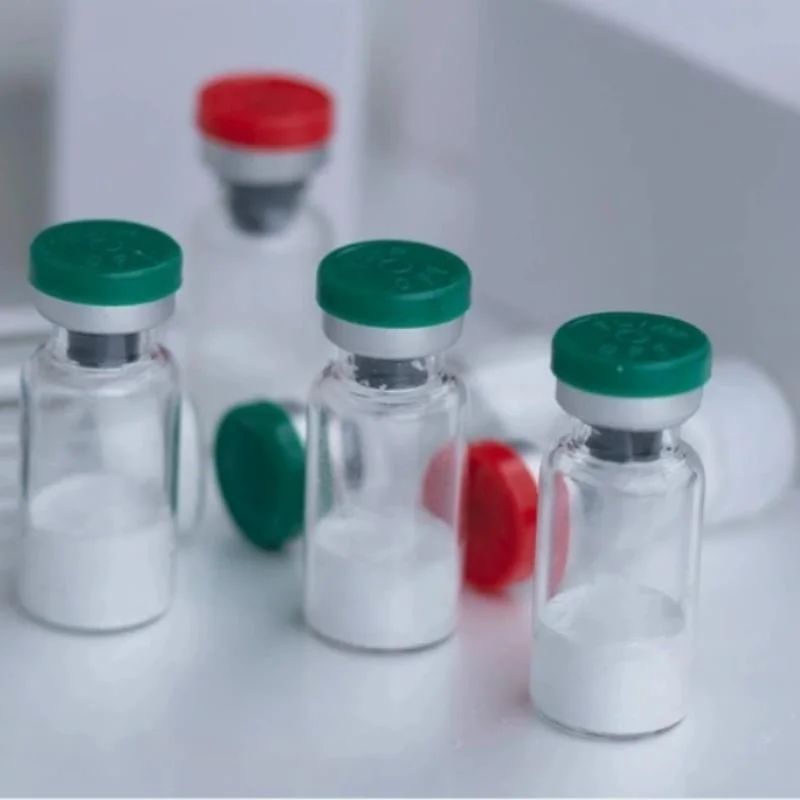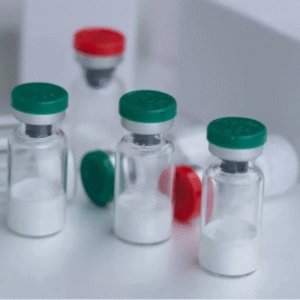Composition
Kisspeptin is a naturally occurring peptide encoded by the KISS1 gene and plays a critical role in regulating reproductive hormone signaling.
-
The most commonly studied form in research is Kisspeptin-10, a biologically active fragment consisting of 10 amino acids.
-
Longer versions, such as Kisspeptin-54, also exist and are functionally active, but Kisspeptin-10 is often favored in experimental and therapeutic settings due to its shorter half-life and more controlled pharmacokinetics.
-
Mechanism of Action: Kisspeptin binds to the GPR54 receptor (also known as KISS1R), primarily located in the hypothalamus. This interaction stimulates the release of gonadotropin-releasing hormone (GnRH), which in turn activates downstream hormones like luteinizing hormone (LH) and follicle-stimulating hormone (FSH) from the pituitary.
Benefits
Research on Kisspeptin has focused primarily on its role in reproductive health and hormonal regulation. Documented or proposed benefits include:
-
Stimulation of the Hypothalamic-Pituitary-Gonadal (HPG) Axis:
-
Promotes natural GnRH release, supporting the production of LH and FSH.
-
-
Support for Fertility:
-
May be useful in clinical settings for both male and female infertility by enhancing endogenous gonadotropin levels.
-
-
Delay or Advancement of Puberty (Context-Dependent):
-
Regulates the onset of puberty through GnRH pathway modulation.
-
-
Potential Alternative to hCG or GnRH Analogs:
-
In fertility treatments or hormone therapy, Kisspeptin may offer a more physiological method of inducing hormone release.
-
-
Reduced Risk of Ovarian Hyperstimulation Syndrome (OHSS):
-
Early clinical studies suggest that Kisspeptin-triggered ovulation may lower the risk of OHSS in assisted reproduction protocols
-


Reviews
There are no reviews yet.